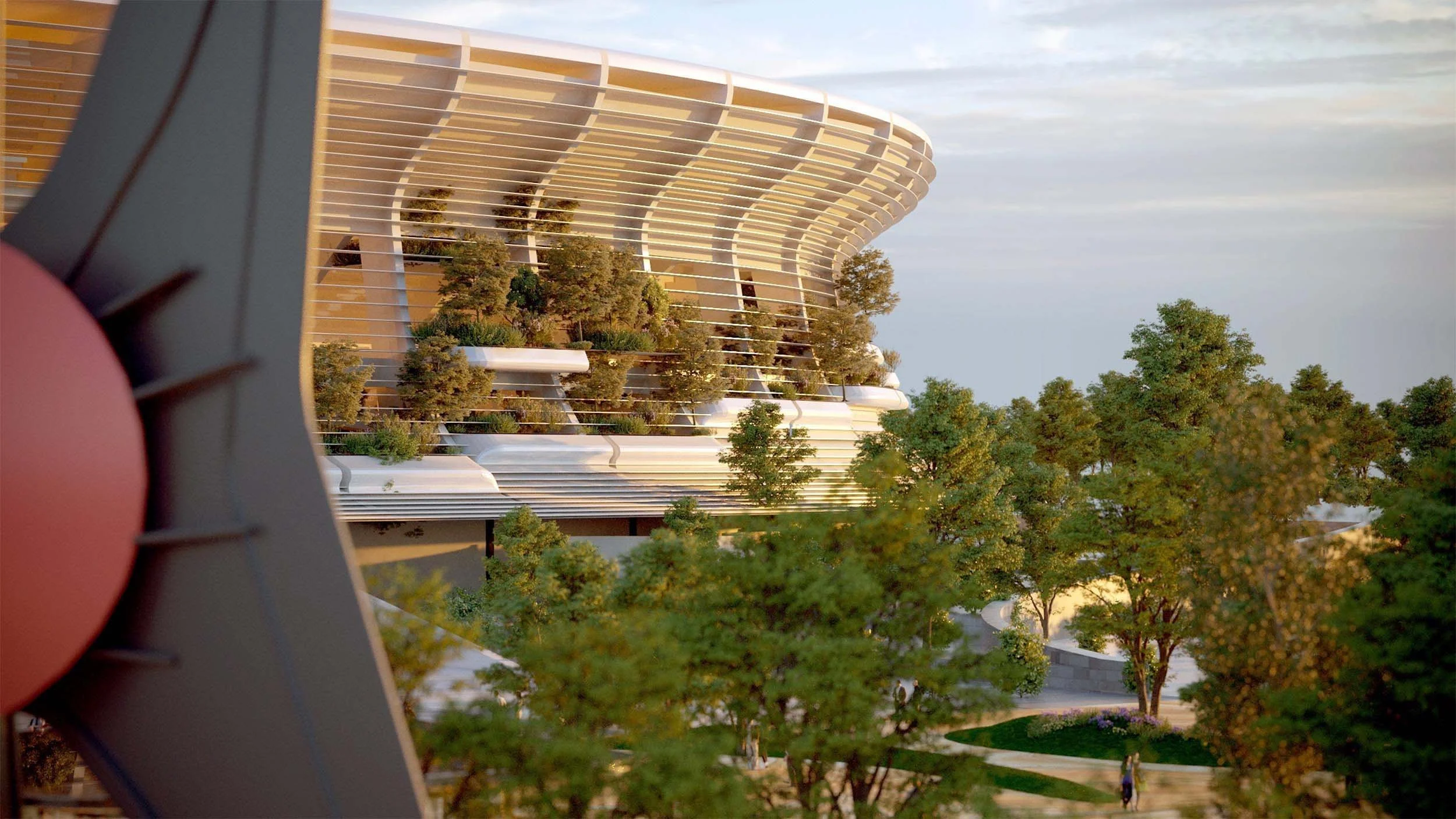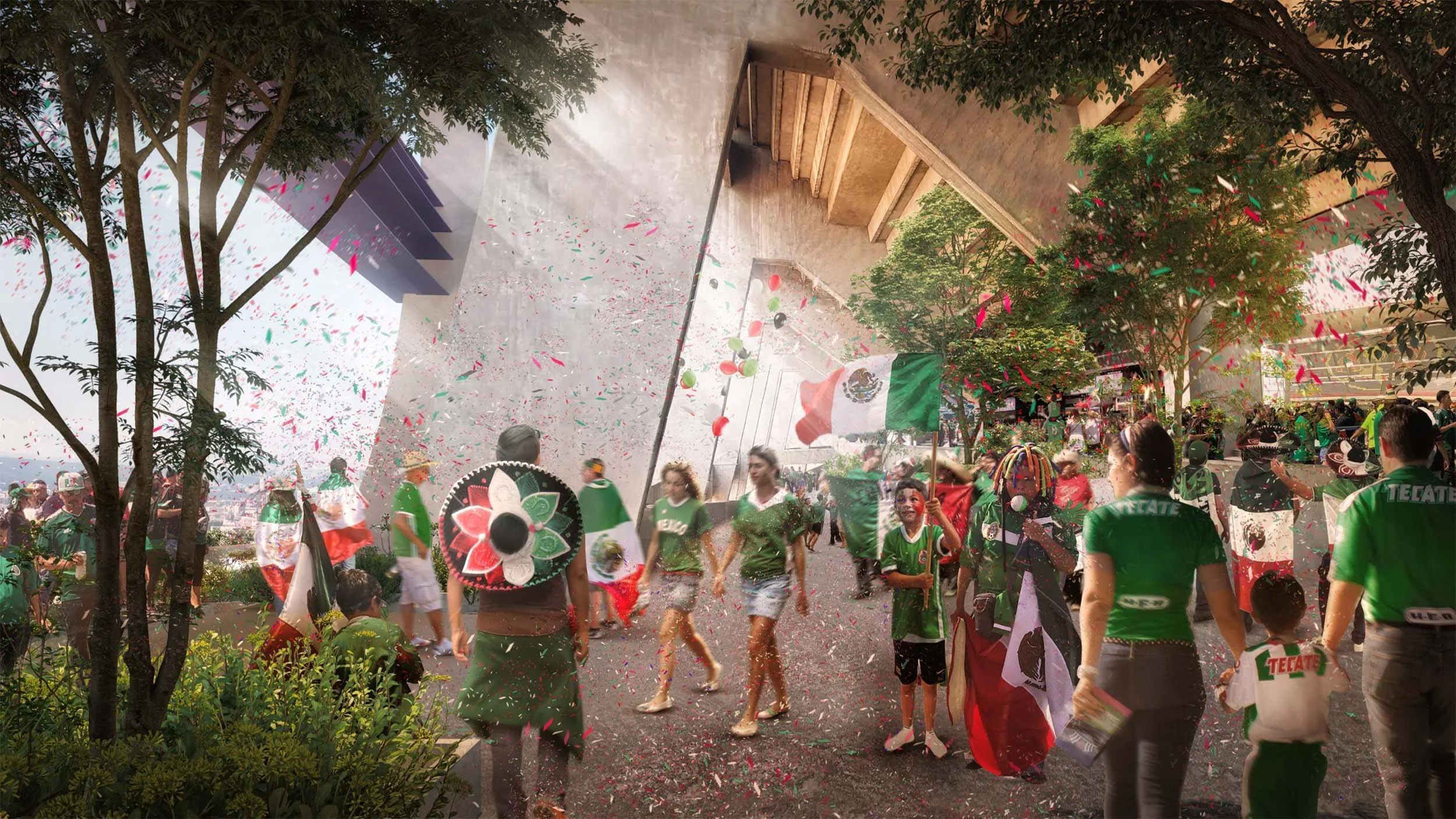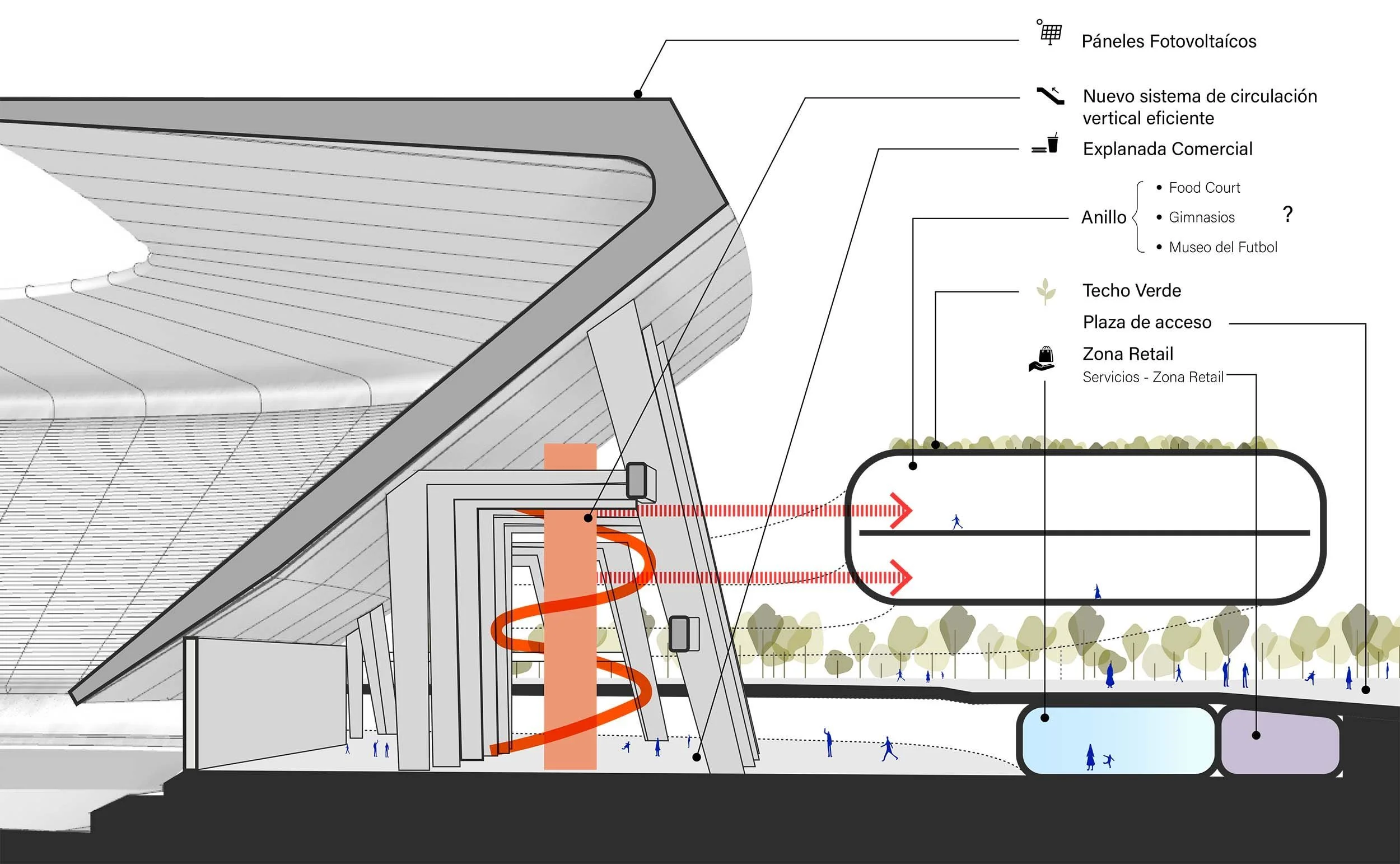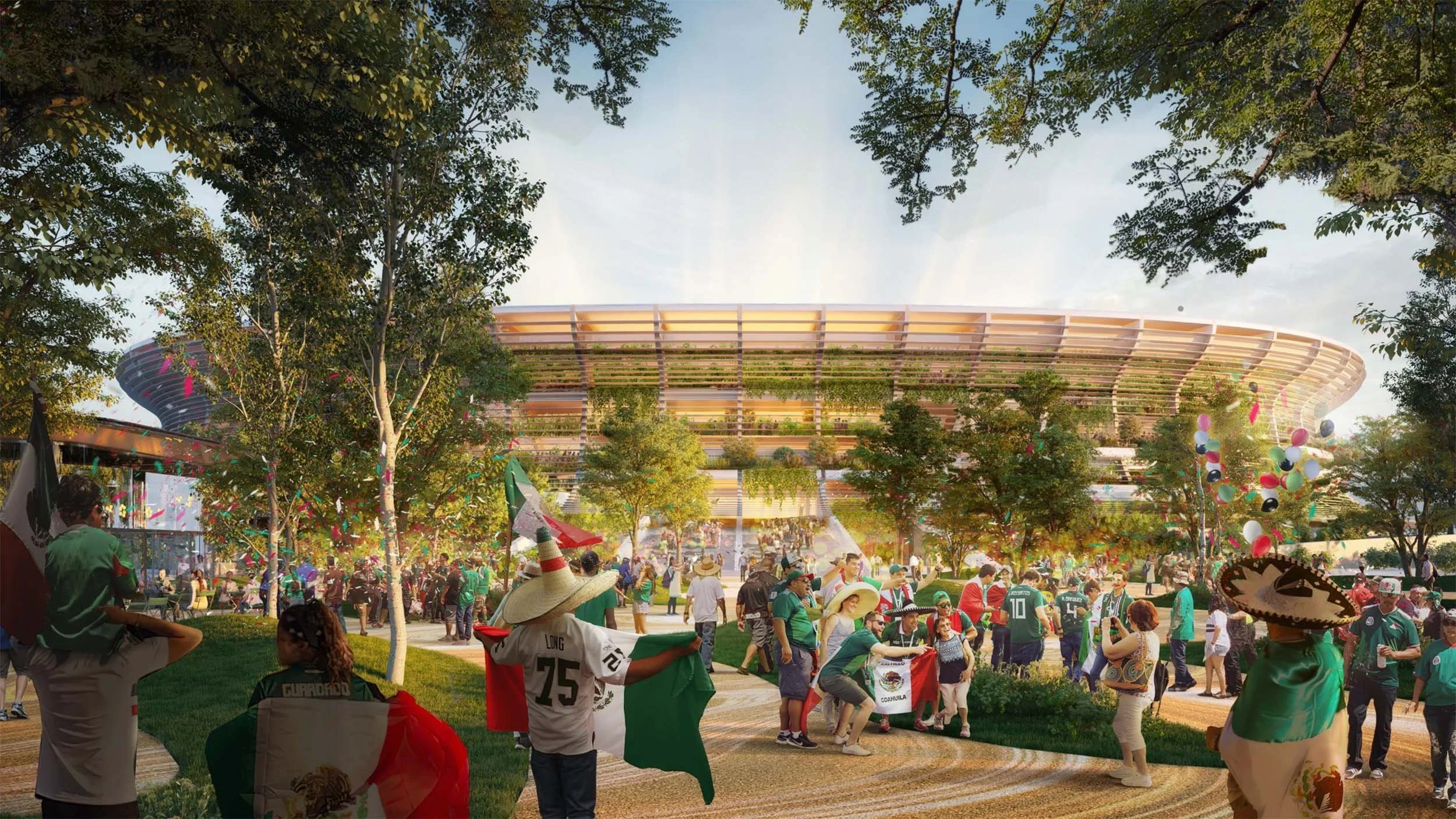Azteca Stadium
Project Status: Completed
Use: Sports Centers
Location: Mexico City
Design: MCxA, Foster + Partners

Context
The project involved collaboration with Foster + Partners to develop a comprehensive remodeling proposal for Estadio Azteca in Mexico City, one of the most historically and culturally significant stadiums in Mexico and Latin America. Originally opened in 1966, Estadio Azteca has hosted two FIFA World Cup finals, numerous legendary matches, and countless concerts and events, establishing itself as an iconic venue within Mexican sporting culture and urban identity.
The stadium's age and the evolution of contemporary expectations around fan experience, safety, accessibility, sustainability, and commercial programming created the imperative for substantial renovation that could preserve the venue's historic significance while transforming it into a facility meeting 21st-century standards. The collaboration with Foster + Partners brought world-leading expertise in large-scale sports venue design to complement local knowledge of the stadium's cultural importance and operational context.



Design Principles
The remodeling proposal prioritized creating extensive public spaces where visitors could gather, rest, and enjoy the venue beyond the duration of matches or events themselves. These spaces incorporated vegetation and furniture, transforming the stadium from a mono-functional sports facility accessed only during events into a public amenity that could engage its surrounding community throughout the week. This strategy acknowledges that successful contemporary stadiums function as urban anchors and community gathering places rather than isolated event venues that sit dormant between activations, generating value through continuous public engagement rather than periodic spectacle alone.
The monolithic facade became a defining architectural gesture that added significant visual value to the area through its aesthetic appeal and presence within the urban landscape. This exterior treatment provided visual coherence to a structure that had undergone multiple modifications over decades while establishing a bold contemporary identity that signals the stadium's transformation without erasing its historical significance. Sustainability emerged as one of the project's most important priorities, employing various environmental techniques with the ambition of making Estadio Azteca one of the most sustainable stadiums globally. These strategies likely encompassed energy-efficient systems, water conservation and harvesting, renewable energy generation, sustainable materials, waste management, and passive environmental design—demonstrating that heritage structures can be upgraded to meet contemporary environmental standards while honoring their cultural and architectural legacy.
